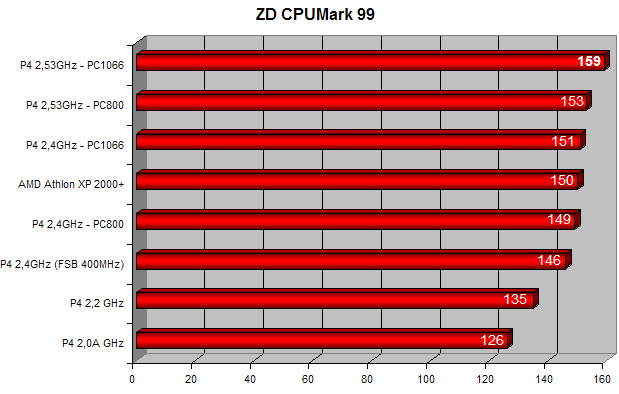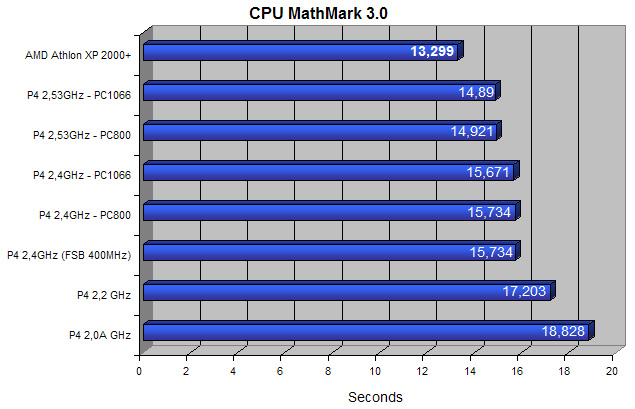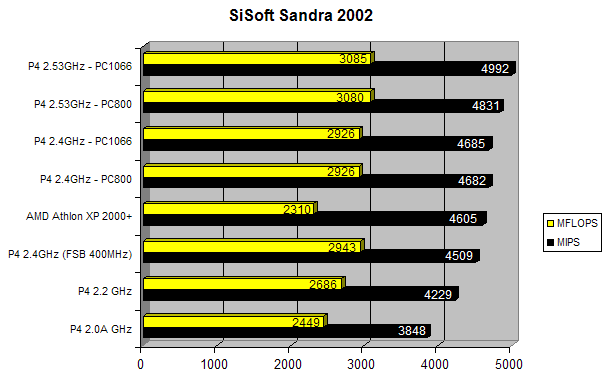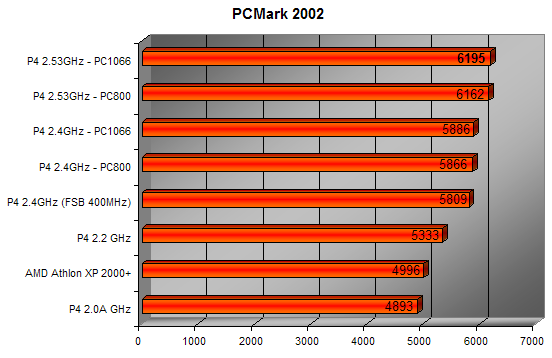
 |

|
| ActiveWin: Reviews | Active Network | New Reviews | Old Reviews | Interviews |Mailing List | Forums |
|
|
|
|
|
DirectX |
|
ActiveMac |
|
Downloads |
|
Forums |
|
Interviews |
|
News |
|
MS Games & Hardware |
|
Reviews |
|
Support Center |
|
Windows 2000 |
|
Windows Me |
|
Windows Server 2003 |
|
Windows Vista |
|
Windows XP |
|
|
|
|
|
|
|
News Centers |
|
Windows/Microsoft |
|
DVD |
|
Apple/Mac |
|
Xbox |
|
News Search |
|
|
|
|
|
|
|
ActiveXBox |
|
Xbox News |
|
Box Shots |
|
Inside The Xbox |
|
Released Titles |
|
Announced Titles |
|
Screenshots/Videos |
|
History Of The Xbox |
|
Links |
|
Forum |
|
FAQ |
|
|
|
|
|
|
|
Windows XP |
|
Introduction |
|
System Requirements |
|
Home Features |
|
Pro Features |
|
Upgrade Checklists |
|
History |
|
FAQ |
|
Links |
|
TopTechTips |
|
|
|
|
|
|
|
FAQ's |
|
Windows Vista |
|
Windows 98/98 SE |
|
Windows 2000 |
|
Windows Me |
|
Windows Server 2002 |
|
Windows "Whistler" XP |
|
Windows CE |
|
Internet Explorer 6 |
|
Internet Explorer 5 |
|
Xbox |
|
Xbox 360 |
|
DirectX |
|
DVD's |
|
|
|
|
|
|
|
TopTechTips |
|
Registry Tips |
|
Windows 95/98 |
|
Windows 2000 |
|
Internet Explorer 5 |
|
Program Tips |
|
Easter Eggs |
|
Hardware |
|
DVD |
|
|
|
|
|
|
|
ActiveDVD |
|
DVD News |
|
DVD Forum |
|
Glossary |
|
Tips |
|
Articles |
|
Reviews |
|
News Archive |
|
Links |
|
Drivers |
|
|
|
|
|
|
|
Latest Reviews |
|
Xbox/Games |
|
Fallout 3 |
|
|
|
Applications |
|
Windows Server 2008 R2 |
|
Windows 7 |
|
|
|
Hardware |
|
iPod Touch 32GB |
|
|
|
|
|
|
|
Latest Interviews |
|
Steve Ballmer |
|
Jim Allchin |
|
|
|
|
|
|
|
Site News/Info |
|
About This Site |
|
Affiliates |
|
Contact Us |
|
Default Home Page |
|
Link To Us |
|
Links |
|
News Archive |
|
Site Search |
|
Awards |
|
|
|
|
|
|
|
Credits |
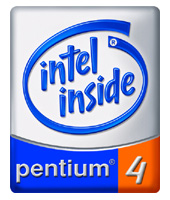
|
Product: Pentium 4 2.53GHz & Intel D850EMV2
Motherboard |
Synthetic Benchmarks
| Table Of Contents |
| 1:
Introduction 2: CPU Architecture 3: SSE2 Instructions & P4 2.53GHz CPU Design 4: Intel i82850e Chipset 5: Intel D850EMV2 Motherboard 6: Intel D850EMV2 Advanced Features 7: Synthetic Benchmarks 8: Games Benchmarks 9: Applications Benchmarks 10: Benchmarks analysis 11: Conclusion |
We have tested the Pentium
-
Complete PC setup for FSB 533Mhz Pentium 4
Motherboard: Intel D850EMV2 with latest P13 bios and i850e chipset
CPU: Pentium 4 2.4GHz/2.53GHz
Memory: 256Mb of PC800 RDRAM (Rambus) with ECC correction or 256Mb of PC1066 RDRAM (Rambus)
Hard Disk: Maxtor 30GB UDMA 100 7200rpm
DVD: Pioneer DVD 106
Display adapter: Hercules 3D Prophet II Ultra 64MB with latest 28.32 drivers
Peripherals: Microsoft TrackBall Optical, Microsoft Office Keyboard.
Everything was running under Microsoft Windows 2000 Professional SP2 with DirectX 8.1 installed and the Intel Chipset & Intel Application Accelerator Drivers.
-
Complete PC setup for FSB 400MHz Pentium 4
Motherboard: Intel D850MD with P06 bios and i850 chipset
CPU: Pentium 4 2.0A GHz, 2.2GHz, 2.4GHz
Memory: 256Mb of PC800 RDRAM (Rambus) with ECC correction
Hard Disk: Maxtor 30GB UDMA 100 7200rpm
DVD: Goldstar
Display adapter: Hercules 3D Prophet II Ultra 64MB with latest 28.32 drivers
Peripherals: Yamaha CRW2100E CD Burner (16x/10x/40x), Microsoft TrackBall Optical, Microsoft Office Keyboard.
Everything was running under Microsoft Windows 2000 Professional SP2 with DirectX 8.1 installed and the Intel Chipset & Intel Application Accelerator Drivers.
-
Complete PC setup for Athlon XP 2000+
Motherboard: Epox 8KHA+
CPU: AMD Athlon XP 2000+
Memory: 256MB of PC2100 DDR
Hard Disk: IBM 40GB UDMA 100 7200rpm
DVD: Pioneer 106
Display adapter: Hercules 3D Prophet II Ultra 64MB with latest 28.32 drivers
Peripherals: Microsoft TrackBall Optical, Microsoft Office Keyboard.
Everything was running under Microsoft Windows 2000 Professional SP2 with DirectX 8.1 installed and the latest VIA 4in1 drivers.
|
|
||||
|
||||
|
||||
|
||||
|
|

